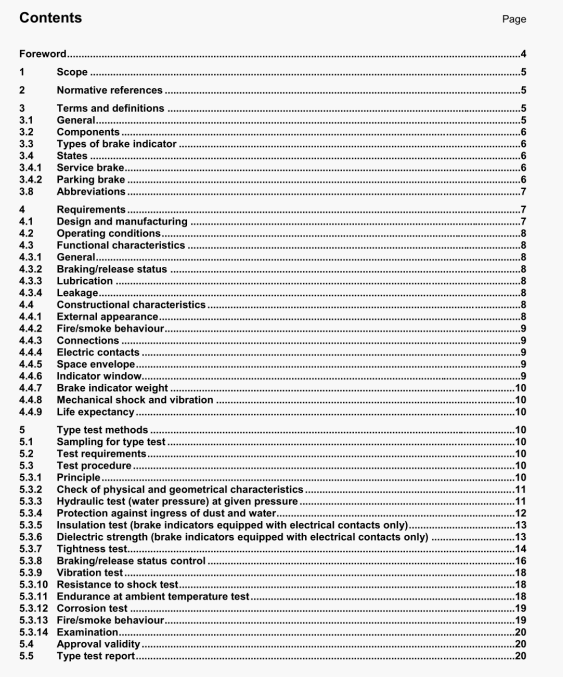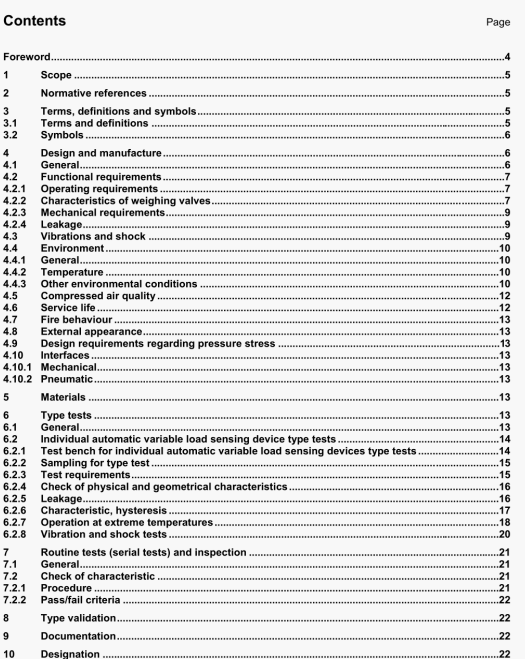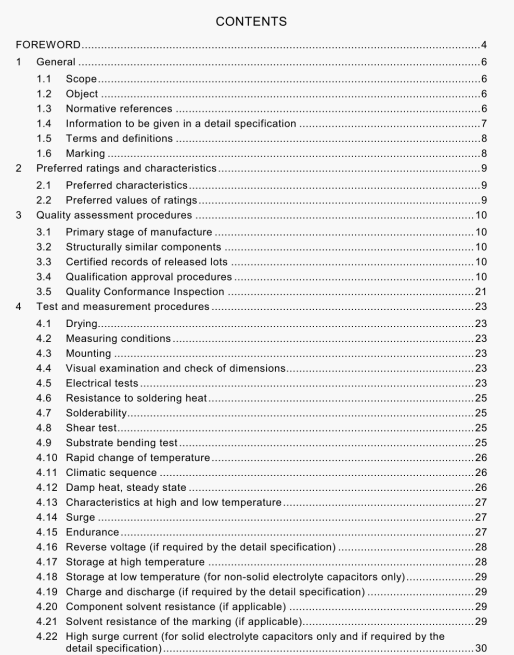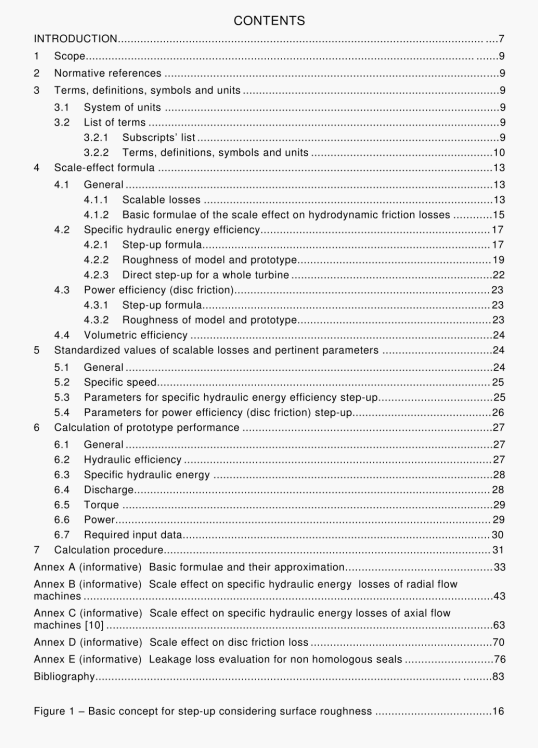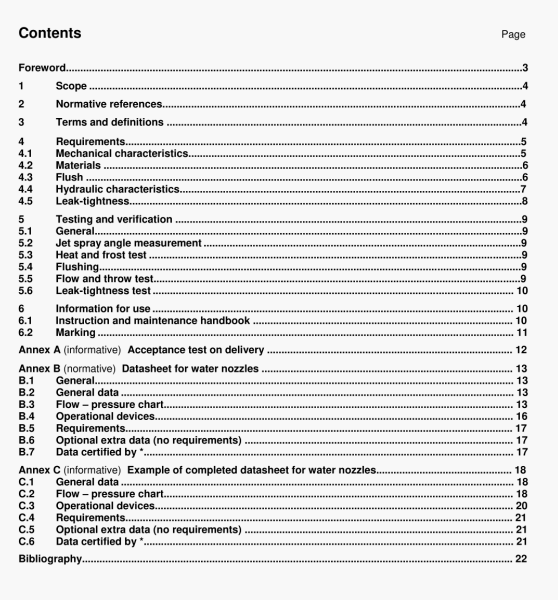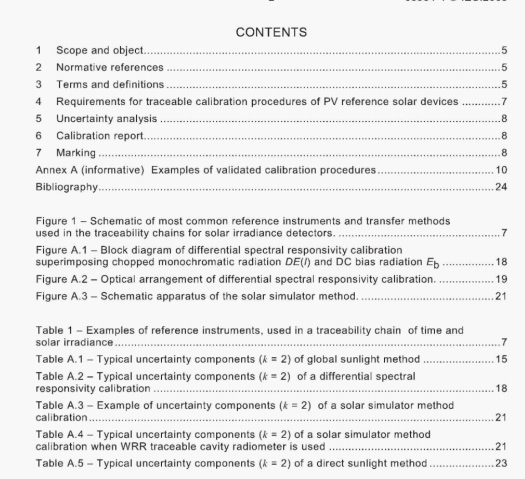BS EN ISO 877-3:2018 pdf download.Plastics - Methods of exposure to solar radiation Part 3: Intensified weathering using concentrated solar radiation.
7.3 Temperature control
Solar concentrating devices are equipped with a blower to cool the specimens. Specimen temperaturesfor most materials are typically 10 °C higher than the maximum temperature which would be reachedif an identical specimen was exposed directly to solar radiation (without concentration) at normalincidence at the same time.
lf more precise control of specimen temperature is required, the temperature of a black or white panel,the temperature of a black or white standard thermometer, the temperature of a particular specimen,the air temperature or the temperature indicated by a remote sensor may be monitored and used as aninput to control the specimen temperature.If used, report the controlled temperature and any observeddeviations in the test report.
Use of this method of temperature control may produce results that are not equivalent to typical solarconcentrating exposures and may require longer radiant exposures to produce the same amount ofdegradation.
Unless otherwise specified, if measurement of black- or white-panel temperature is required, the panelsshall be constructed, calibrated and maintained in accordance with ASTM G179.Unless otherwisespecified,if measurement of black- or white-standard temperature is required, the panels shall beconstructed and maintained in accordance with ISO 4892-1.
NOTE lf a black-standard temperature is used, the temperature indicated will be higher than that indicatedby a black-panel thermometer under typical exposure conditions.
Temperatures during the night-time are typically not controlled. If agreed upon by the interestedparties, heat sources placed behind the specimens may be used to control night-time temperatures. lf so, the method used to control night-time temperatures shall be included in the test report.
